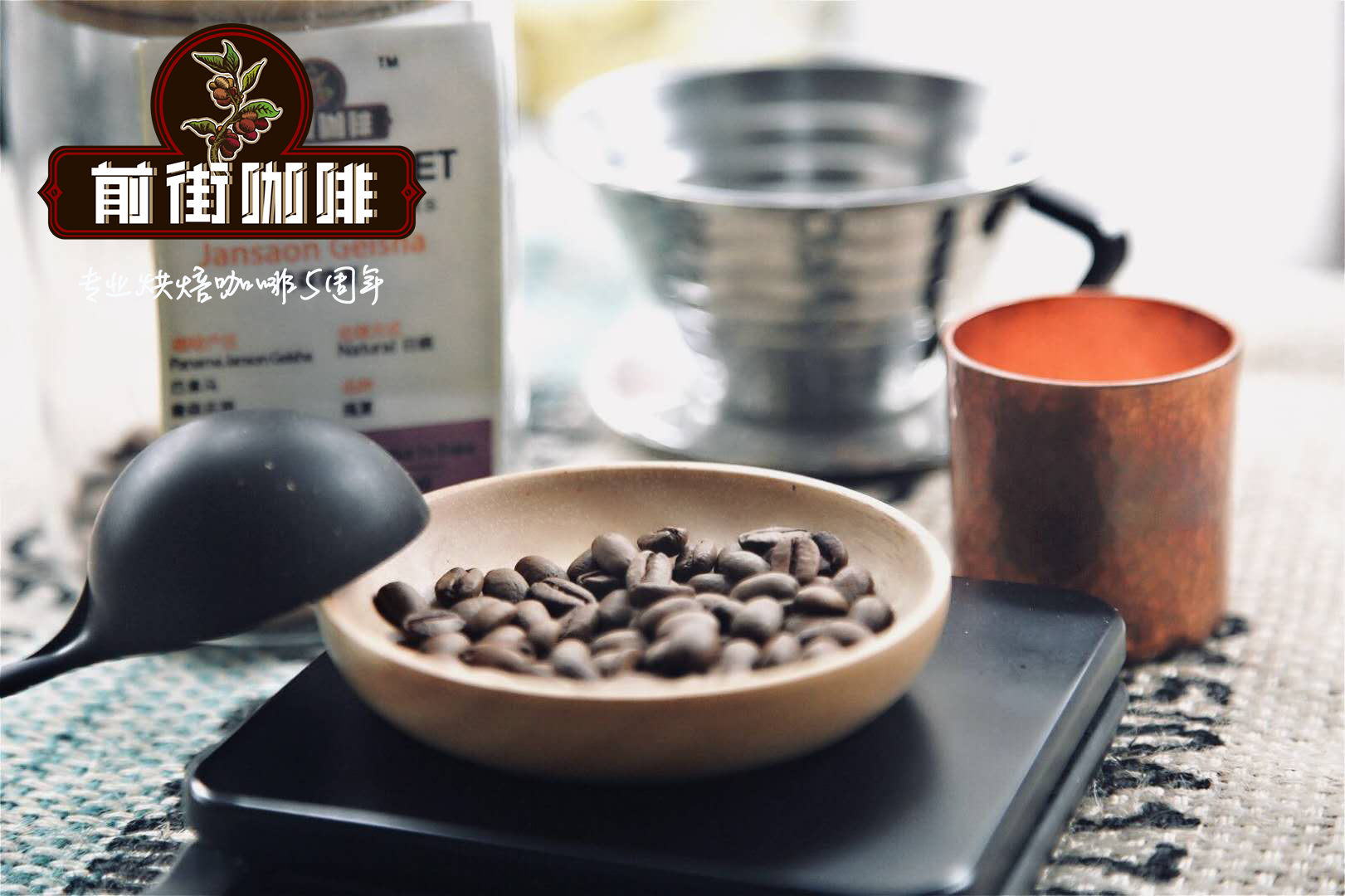Mysterious, low-key Cuban coffee flavor

Professional coffee knowledge exchange more coffee bean information please follow the coffee workshop (Wechat official account cafe_style)
History: Cuba's coffee industry began in the mid-18th century, when the first coffee farm was established by Don Jose é Gelabert in Wajay, on the outskirts of Havana, in 1748. The seeds of coffee came from what was then Santo Domingo, what is now the Dominican Republic. Then a large number of French and undersea immigrants flocked to Cuba after the Sea year Revolution in 1789 to buy land from the Spaniards and grow coffee.
The earliest settlers settled in the Sierra Maestra Mountains and the Guantanamo region, where many stone houses were built, which created a unique landscape of coffee cultivation, for which UNESCO listed the provinces of Santiago and Guantanamo in southeastern Cuba as World Heritage sites (World Heritage Site) in 2000.
Cuba has the largest number of abandoned farm sites in the world, which are of high anthropological value, many of which are fully preserved. There are more than 60 in the Las Terrazas area between Havana and Pinar Del Rio. The most representative sites are Buena Vista and Isabelica in the La Union,Sierra Maestra Mountains in Las Terrazas and Don Jos é Gelabert Manor in Wajay.
The peak of coffee production in Cuba was in the 1950s, when Cuba exported more than 20,000 tons of raw coffee beans a year. After the Cuban revolution in 1959, coffee production in Cuba declined sharply as a result of the dissolution of large farms and the lack of corresponding incentives for small farm production, so Cubans began to add roasted peas to coffee until 2000. Coffee has once again become a ration product for Cubans. But in 2011, the rising price of robusta coffee led to roasted peas added to the coffee. The embargo imposed by the United States on Cuba since 1962 makes Cuban coffee even more rare in the United States and other markets in the world. The collapse of the Soviet Union led to a sharp decline in coffee production in Cuba, from 440000 bags (60 lbs / bag) in 1989-1990 to an all-time low of 7000 in 2007-2008. Since then, Cuban coffee production has hovered around 100000 bags a year.
The output of Cuban coffee Cuba's coffee exports once played an important role, but they are now insignificant in Cuba's foreign trade. Coffee exports throughout the country are under the unified control of the Cuban Export Authority. By the beginning of this century, 92% of Cuba's coffee production was concentrated in the Sierra Maestra mountains, almost entirely under shade cultivation. The harvest season for coffee is from September to January, with peaks in October and November.
Cuba produces Arabica and Robusta coffee, which is mainly produced by small farmers. Cuba has been exporting organic coffee to Europe and Japan since 2003, and currently has 4000 hectares of organically certified plantations, mainly in the centre of the eastern region, producing about 93 tons at a price 40 per cent higher than regular coffee. According to FAO data, coffee cultivation in Cuba fell from 170000 hectares in 1961 to 28000 hectares in 2013.
Cuban coffee is purchased by the Coffee Export Administration from farmers at a uniform price set by the government, mainly to Japan and France, and in small quantities to Germany, the United Kingdom, Canada and New Zealand.
In Cuba, the average coffee supply per person is two ounces per person for 15 days.
Main origin: Cuba has three main coffee producers: the slopes and valleys of the BAracoa and Sierra Maestra mountains in eastern Cuba at 1000-2000 feet above sea level, the Escambray mountains in the central island of Cuba, and Sierra del Rosario in the province of Pinar Del Rio in western Cuba.
Provincial varieties and grades of Cuban coffee are mainly Arabica Typica, Bourbon, red and yellow Caturra, San Ram ó n, Villalobos. The grading of raw coffee beans in Cuba is different from that of other countries in the world, from high to low: Crystal Mountain, Extraturquino, Turquino, Altura, Montana, Cumbre, Serrano superior, Serrano corriente and Caracolillo (oval).
Cuban coffee drink Cuban coffee is thick and sweet, usually made by adding sugar to a deep-roasted, finely ground coffee powder, and it is sweetened before making, usually like Espresso coffee, in a small cup.
Cuban coffee is also known as cafecito, Cuban shot or Cuban pull. Cuban coffee is usually drunk in the morning and after meals, as well as during work breaks.
Unlike other coffees, Cuban coffee is made with a special brown sugar called demerara sugar, so Cuban coffee looks heavy. This sugar is added directly to the coffee. In fact, just after the coffee is made, add a little coffee to the cup containing this sugar, then stir quickly until it becomes a thick paste, and then pour all the coffee into the sugar paste to make Cuban coffee.
Important Notice :
前街咖啡 FrontStreet Coffee has moved to new addredd:
FrontStreet Coffee Address: 315,Donghua East Road,GuangZhou
Tel:020 38364473
- Prev

Coffee Benefits Study: Coffee Helps Teamwork
Professional coffee knowledge exchange More coffee bean information Please pay attention to coffee workshop (Weixin Official Accounts cafe_style) A new study shows that good teamwork starts with a cup of coffee per person. The researchers found that if people drank caffeinated coffee beforehand, they rated their team's performance and their own contributions more positively. another study
- Next

Data of 25 coffee producing countries in the world (part I)
Professional coffee knowledge exchange more information about coffee beans Please follow the coffee workshop (Wechat official account cafe_style) Coffee comes from the Greek Kaweh, meaning strength and enthusiasm. Coffee tree is a small evergreen tree of Rubiaceae. Coffee for daily drinking is made of coffee beans combined with various cooking utensils, and coffee beans refer to the nuts in the fruit of coffee trees.
Related
- Beginners will see the "Coffee pull flower" guide!
- What is the difference between ice blog purified milk and ordinary milk coffee?
- Why is the Philippines the largest producer of crops in Liberia?
- For coffee extraction, should the fine powder be retained?
- How does extracted espresso fill pressed powder? How much strength does it take to press the powder?
- How to make jasmine cold extract coffee? Is the jasmine + latte good?
- Will this little toy really make the coffee taste better? How does Lily Drip affect coffee extraction?
- Will the action of slapping the filter cup also affect coffee extraction?
- What's the difference between powder-to-water ratio and powder-to-liquid ratio?
- What is the Ethiopian local species? What does it have to do with Heirloom native species?

